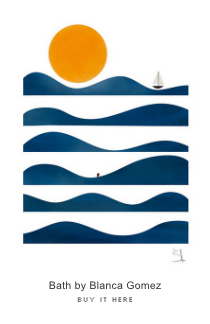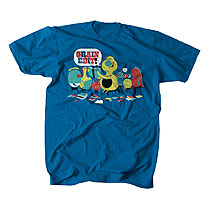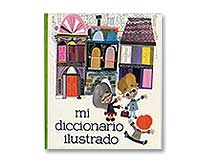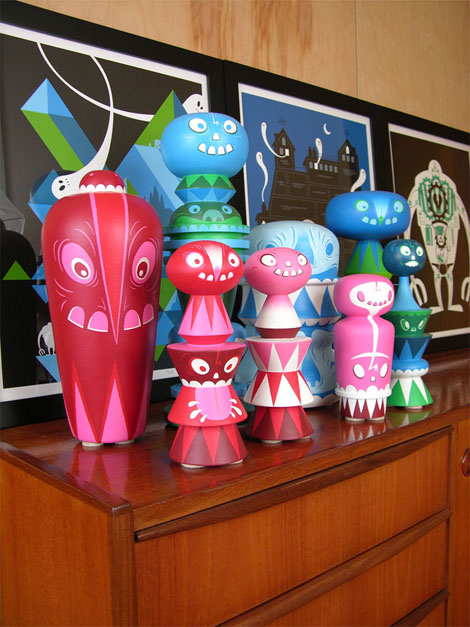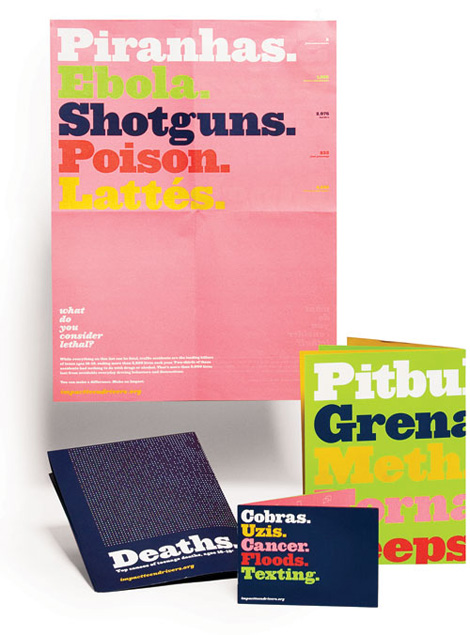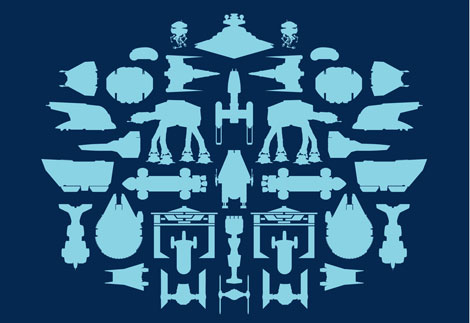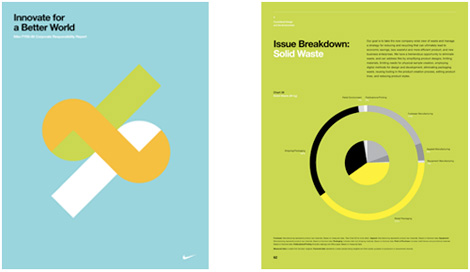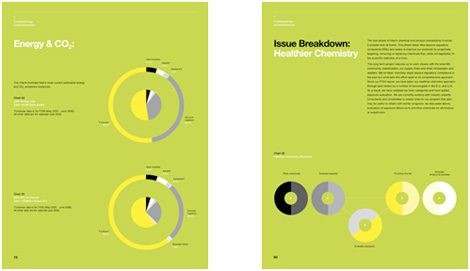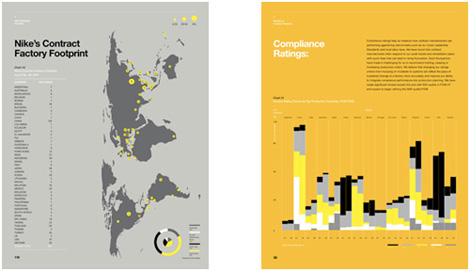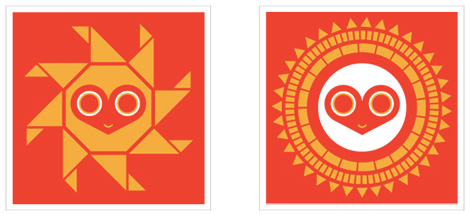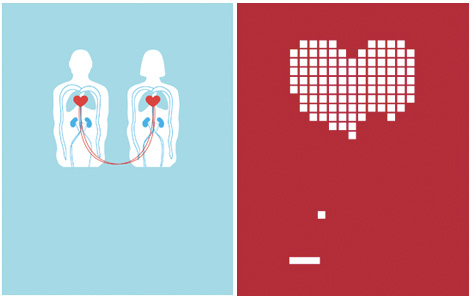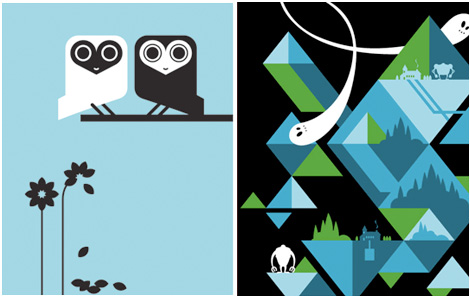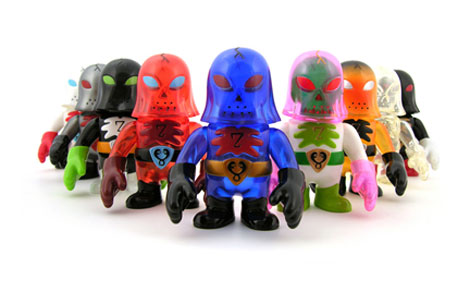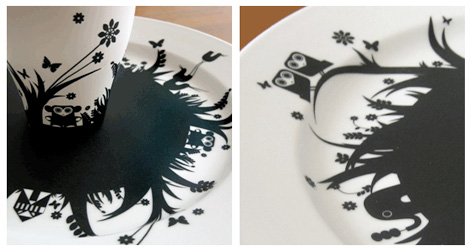Hybrid Design interview
Hybrid Design was formed by the husband and wife design team of Brian Flynn and Dora Drimalas. The San Francisco based firm has worked with a diverse body of clients including Nike, Upper Playground and Vans. The dynamic duo are also the brains behind Super 7 and Hybrid Home.
In today’s interview Brian reveals some of his influences, shares insights on managing a design firm, and even manages to squeeze in a somewhat obscure reference to Cameo.
[pictobrowser 10159078@N03 72157622847495899]
Hybrid’s studio space
Where are you from originally?
Dora and I are both from Texas, although technically Dora is actually from Greece, but grew up in Texas. I think that upbringing shapes a lot of what we do and who we are. In the pre-internet age, you had to really seek out information and opportunities, you couldn’t Google the answer. If you wanted something outside the norm you had to invest yourself 100% in finding it. By working that hard and taking those risks, we were able to do what we wanted. We weren’t afraid to fail, as failing only meant we were in the same place we were before, so any potential change -even 10% was 10% more than we already had. Even failing was a win. We were willing to take chances and move for opportunities, and that allowed us to get where the opportunities could keep building on top of each other. I knew a lot of talented designers who ended up working crap jobs because they were too scared to quit and move someplace unfamiliar for a better opportunity or scared of the risks of trying something out of their comfort zone. When we look at job applicants, we always take a look at this too. What did it take this person to get here? Someone who grew up in SF may not have had to work near as hard as someone from Kansas to arrive where they are today.
Hybrid’s branding campaign for Impact Teen Drivers recently took first place in Print‘s international design competition. Image via Print.
When and how did you come to be interested in graphic design?
I did not know what graphic design was. My Grandmother was an art teacher in rural west Texas (who knows everything about everything), so when I told her I was going to “art school” in college (whatever that meant) she kept telling me to take graphic design classes as a back up. I ended up at the University of North Texas taking printmaking, art history, painting, watercolor and graphic design classes trying to figure out where I fit. I still really didn’t put all the pieces together until a year before I graduated. In an illustration class taught by Jeff Haynie, I had the “aha!” moment where everything clicked. It was then that I realized that all those years of making punk flyers, record covers, copying skate logos, drawing deck graphics and making up my own letter, logos and alphabets was graphic design. I realized that working at Kinko’s and Xerox pasting up 80 page booklets for clients with a glue stick was crude graphic design, that I had been into it forever, but no one had put the pieces together for me. It was less about annual reports and brochures, stipple drawings of Pepsi cans or logos of hands that made hearts, and more about the combination of idea, execution and illustration into the bigger picture of a brand or message. Once that happened, I just charged full bore into it.
What are your biggest design influences?
For me, it is a little hard to say. Things I look at and love, like 60s modernism, older hand drawn design, plus the stuff I grew up on like 80’s hardcore and skateboarding don’t look like my work. I never really had a design hero, I just tried to make things look as cool as I could and tell a story. Like I said earlier, I did not know what graphic design was for a long time, so I was never going down a specific path or followed a person. When I was exposed to it in school, it was early 90’s Dallas design -lots of confetti, pastel colors, bold initials and boring. Remember, Dallas was all about Woody Pirtle and Chili’s Annual Reports as their creative apex at that time. That stuff made me want to shoot myself in the head. I was more influenced by seeing so much stuff that I did not like, and strived to not end up like that. I knew I could make it better.
Microsoft Bento packaging
What was your first design job?
My first job was with Fossil watches when there were about 7 people in their graphic design department. I was only there about 15 months, but during that time they swelled from 7 to about 50 people, and went through three offices. It was a great place to learn, because they had more work than they could finish, so you had tons of opportunity, and just about everything got made. Tim Hale and Bob Shema were my bosses, and they were great. I probably did 200 projects in 15 months, so by a year later I had done just about everything I could think of there, so it was time to move on. I still know a bunch of people from that time at Fossil. I recommend corporate environments like that for young designers, as you get a chance to work on a large variety of projects in a short time, and it allows you to really find out what you like and dislike.
How much of your design work is for Hybrid and how much is for other companies?
I would say that about 75% of our work is still for outside clients, and 25% is for our various projects. That is one out of every four projects, so that its pretty good in all honesty.
Nike Corporate Responsibility Report
What are the biggest challenges of running your own firm?
If you want to have your own firm, you have to come to terms with the fact that it means that more than 50% of the time will be running the business, not designing. At a certain point you have to embrace it, or you will end up resenting it and it will sour the freedom you have. In all honesty, probably 80% of my time is the logistics of running everything these days, and then I come home and do the design work at night. Someone has to run the ship, and the someone ends up being you or you capsize. No where else can you have this freedom, so the fact that 80% of my day is spent on paperwork is fine because I get to design and make whatever I want, whenever I want. I will take that option every time. No one else is going to hand you your dreams, you have to go out there and build them. There is no golden opportunity, no free ride, no client that will give you carte blanche. There is just you. You have to build your own future.
How do balance your time running Hybrid,Hybrid Home and Super 7?
It is definitely tricky trying to keep everything in check, but we are fortunate, since Dora and I are parts of the same whole, you get two people working on everything instead of just one. We have a pretty good system of dividing up projects to each other’s strengths and then not stepping on each other’s toes along the way. That and we were working 80-100 hours a week. Now with the baby we have been forced to delegate a bit more, as well as not take on every project or idea that presents itself. Additionally, we have a great staff that has our back. I have to give a shout out to the crew. Word up like Cameo.
(L) Sunrays 16″x16″ print (R) Sunshine 16″x16″ print
Limited Edition Posters: (L) Anatomical (R) Heart Break-Out
Limited Edition Posters: (L) Oma and Olaf Owl (R) Pyramids
How did you become interested in vinyl toys?
I started to collect toys in 1991, after my sophomore year of College. I decided I wanted my Star Wars figures again, so I began to hunt them down at garage sales and flea markets. At that time, no one was collecting them really, there were no toy magazines, no price guides (much less internet), so you just had to go out and hunt them down. All information was word of mouth. I was also then reaquainted with Shogun Warriors (which were Japanese toys imported to the U.S.) which I had a few of as a child. That same year, Bandai began making it’s first line of new Godzilla vinyls, which were stupendous. Once I found those, on top of the other wacky toys I was turning up (Godzilla’s Gang – imported Popy vinyls from the 70s, Godaikin series die-casts and such), I was hooked. More and more though, I gravitated towards the vinyls, as they were so bizarre compared to everything else. It is pretty much the cheapest possible way to make a toy, so they made tons of them in Japan with no real care for accuracy. It was pretty much the only place they ever made the villain characters from shows and movies, which were always outrageous in design. This made for an off-the-wall aesthetic that I couldn’t resist.
What do you see for the future of vinyl toys?
It is important to remember that vinyl toys have been made since the 1960’s, and have never gone out of mainstream production in Japan. You can walk into any toy store there and buy Godzilla, Ultraman, Kamen Rider and other vinyls by the handful. For the “designer” or “neo-kaiju” toys coming out of America, Japan, Hong Kong and now Europe, I think there is plenty ahead, but I think we are seeing the wane of platform toys. People have realized that they collect toys, not statues, and not lifeless characters that someone just slaps a design on top of. When people make great toys that function as such, and are fairly true to the medium itself, they are big hits. When people make toys they think will make them popular like someone else, or a quick way to make a buck, you see those companies fail. This isn’t a giant industry with millions of dollars flowing around, It is a subculture like any other, and those that are genuine in their intentions and execution will be just fine whether their toys are successful or not, as they are not making them for the market, they are making them for themselves.
Hybrid-Home Critters
If you could recommend 2 books + 2 albums to another designer, what would they be?
Not so sure here. There was nothing that I ever looked at and said “wow! that is the way to do it!”. I would tell any designer to never cheap out on books though. Dinner is gone once you have eaten it, but good books last a lifetime, so spend your money on books not food. Read as many as you can. The more influences you have, the more jumping off points to new ideas you have. Back to the question at hand though…..
Shepard Fairey – Supply and Demand – yeah I know everybody knows who he is now, and he is the golden boy of the moment, but that misses the point. The book very clearly illustrates how a single person, when dedicated, can build a gigantic body of work by making himself the client, and not settling for anything less than the best work he can produce. No shortcuts. Fast forward that mindset 20 years, and you have one of the clearest examples of graphic design defining a time in history and actually affecting that history since the “peace sign” or “I Like Ike”. This is the potential of every single person, and you should accept no less. He will be the the ambassador of graphic design from this generation,and he is still about a nice a guy as you will ever meet. You can talk all the trash you want about him, but the fact remains, he did it, and no one else did. And yes, we are still a little bummed about the Obama photo stuff, but whatever. The point is the mindset and work ethic behind the work.
Glen E. Friedman – Fuck You Heroes – another very particular individual. What makes Glenn significant is not only his ability to take great photos (there are lots of people who do that), but what he chose to turn his lens on. His friends and himself. He ended up documenting the beginning of skateboarding, hardcore and the first big apex of hip-hop. That doesn’t happen by accident. If you don’t think what you are doing is significant, why would anyone else? What makes Glenn great is his ability to capture the essence of a subculture and present it back to the outside world honestly. In doing so, he not only helped define it, but also helped it be understood and appreciated. How can you translate that thinking into what you are doing no matter how seemingly insignificant?
Public Enemy – It Takes a Nation of Millions to Hold us Back – This album rocked the world when it came out. Intelligent, angry and ready to move it still is absolutely amazing, and no one has ever made a hip-hop record that has come close. Here is an example of great art that cannot be denied by the masses. They didn’t sell out to sell units, they sold everybody else in on their game plan instead.
Refused – The Shape of Punk to Come – Now I know I should have put a classic punk record in here instead for street cred, but this record deserves a listen from everyone. This is the end evolution of what hardcore is, mixing jazz, techno and punk in a way that is so far ahead of it’s time it is hard to describe. I do not know anyone who doesn’t love this record. This is to punk what Nirvana’s Nevermind was to mainstream music. It shatters every preconception of what a punk/hardcore record should be, and surpasses them all at the same time. Mind blowing.
Big thanks to Brian and Dora of Hybrid for taking the time out of their day to sit down and talk with us. You can see more of Hybrid’s work at their website. Also, be sure to check out the Super7 online store and Hybrid Home.
Enter the Grain Edit Holiday Giveaway Bash for a chance to win one of Dora’s Ladies Day Out prints.
———————-
Enjoy reading this interview? Please leave a note in the comments and consider signing up for our tasty free grain edit RSS feed.
Also worth checking: Birds of a Feather 2.
———————-
Tagscontemporary, graphicdesign, Illustration, Interviews, USA



















